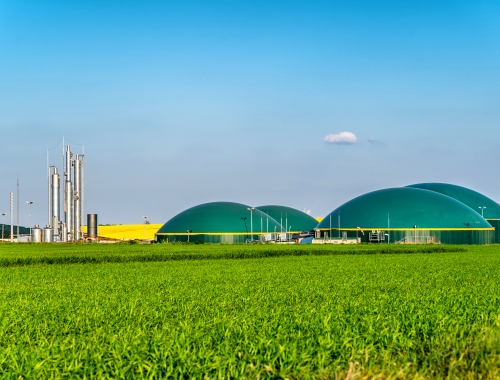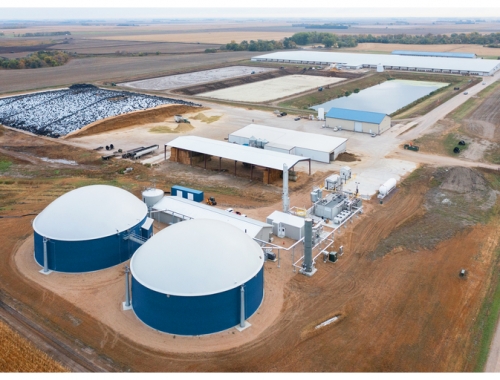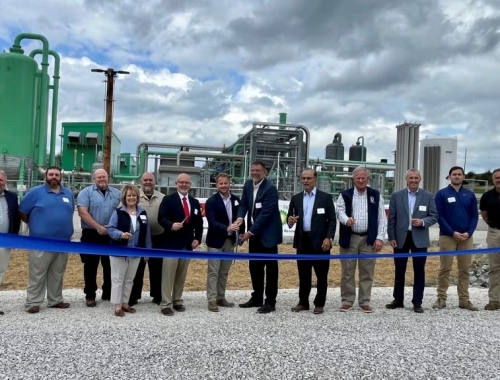Williams sanctions Louisiana clean energy project
SUMMARY
Project will deliver Haynesville gas to Gulf Coast markets, open up new CCS opportunities.
By Dale LunanPOSTED IN:
US infrastructure giant Williams said June 29 it had taken a final investment decision on its Louisiana Energy Gateway (LEG) project, initially designed to deliver 1.8bn ft3/day of natural gas from the Haynesville basin to interstate pipeline, industrial and LNG markets along the Gulf Coast.
Williams will also create opportunities to pursue additional market access projects as well as develop carbon capture and storage (CCS) infrastructure that will further decarbonise the natural gas value chain, it said. The project is expected to go into service in late 2024.
“The Louisiana Energy Gateway is a key component of our low carbon, wellhead to water strategy, proving up what an important role natural gas can play in reducing emissions, lowering costs and providing secure and reliable energy at home and around the world,” Williams CEO Alan Armstrong said. “By leveraging our scale, value chain integration and unique capabilities, we are unlocking capacity for Haynesville production growth and facilitating the delivery of next gen gas to meet the climate goals and the energy needs of our customers and our country.”
Recent partnership agreements with Context Labs, Encino Environmental and Satlantis will integrate those companies’ technology solutions into the project and will enable the measurement of end-to-end, verifiable and transparent emissions data to demonstrate the low carbon benefits of produced and delivered Haynesville natural gas.
“Williams is committed to incorporating emerging technologies to deliver the next generation of natural gas,” said Chad Zamarin, senior vice president, corporate strategic development at Williams. “With LEG, we offer an infrastructure solution that integrates real time emissions monitoring and emissions reduction strategies. LEG is also ideally positioned to incorporate carbon capture and storage as a further decarbonising solution for natural gas production in the rapidly growing Haynesville basin.”






